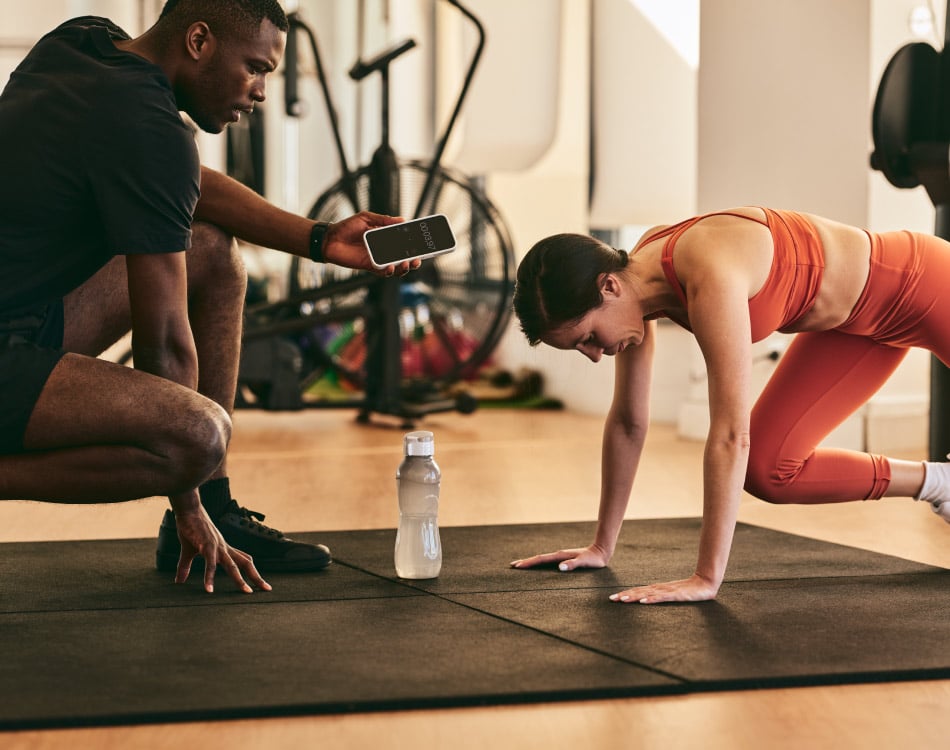As more gyms close to contain potential Covid-19 contamination and transmission, dedicated gym members will have to resort to training at home or outdoors.
Thankfully, advances in Internet-based technology means we can access professional advice and guidance at home from virtual trainers via our smart TVs, PCs, tablets or smartphones.
Virtual trainers can take the form of a real-life person on the other end of an Internet connection, who guides you in terms of exercise planning and diet guidelines, or the more advanced artificial intelligence (AI)-enabled alternative.
Virtual trainers already a growing trend
Online personal training via web platforms and apps was already growing in popularity before the coronavirus turned normal daily life on its head.
It resonated with clients and trainers because it offers a more cost-effective means for consumers to access professional fitness advice, and allows fitness professionals to scale their business.
In the beginning, it was basic – email a program and meal plan, get paid, then check in periodically to monitor progress and update the plan. Now, with smartphones, apps and social media platforms, engagement can happen in real-time, with daily workouts sent automatically to a client’s phone.
This has also expanded a trainer’s reach exponentially. Before online personal training and coaching it wasn’t just time that was a limiting factor in earning potential – geography also posed challenges. But digital platforms have torn down those barriers.

Unlimited access to thousands of workouts – Aaptiv
So, rather than cancel your standing weekly session with your trainer, why not log-in to Skype for a virtual session, ask your trainer to send you your workout via Trainerize or My PT Hub, or sign up to a virtual trainer service via one the thousands of apps currently available?
If you’re looking for options, check out these leading virtual personal training apps:
- MyFitnessPal
- Nike Training Club
- Fitbit Premium
- SWEAT
- Peloton
- Runtastic Six Pack Abs
- ROMWOD
- Shred
- Keelo
- JetFit
- FitBod
- Aaptiv
Benefits and drawbacks of virtual PTs
If you choose to go the virtual route, you’ll enjoy the following benefits:
- Often more cost-effective than one-on-one in-person sessions.
- Gain access to some of the most popular fitness trainers in the world via branded apps.
- Work out under a trainer’s virtual guidance whenever you want.
- Takes all the thinking and guesswork out of planning your at-home training as your trainer provides the program and guides your approach.
However, before you purchase the app or sign up for the monthly subscription, consider these points:
- Beginners or those who lack self-discipline may require more hands-on guidance.
- May increase the risk of poor technique and injuries as trainers might be able to check form and technique.
- Clients may not have regular access to trainers, particularly during sessions to ask questions.
- Confirm that the online trainer is qualified. Ask to see qualifications and certificates. Check their social media engagement of online trainers to get a better idea of how the engage with clients and potential clients.
- The level of individualisation in the programming and engagement will vary, as will the costs.
- Do they have an online presence outside of a website or app?
- Check client testimonials, or spend some time doing targeted web searches that may reveal complaints.
- Does the online trainer offer a basic service level agreement – how many interactions per week, amount of time per interaction, specific platforms for interactions like WhatsApp or Skype? If you know the details and commitments upfront there is less room for disappointment or under-delivery.


















Leave A Comment